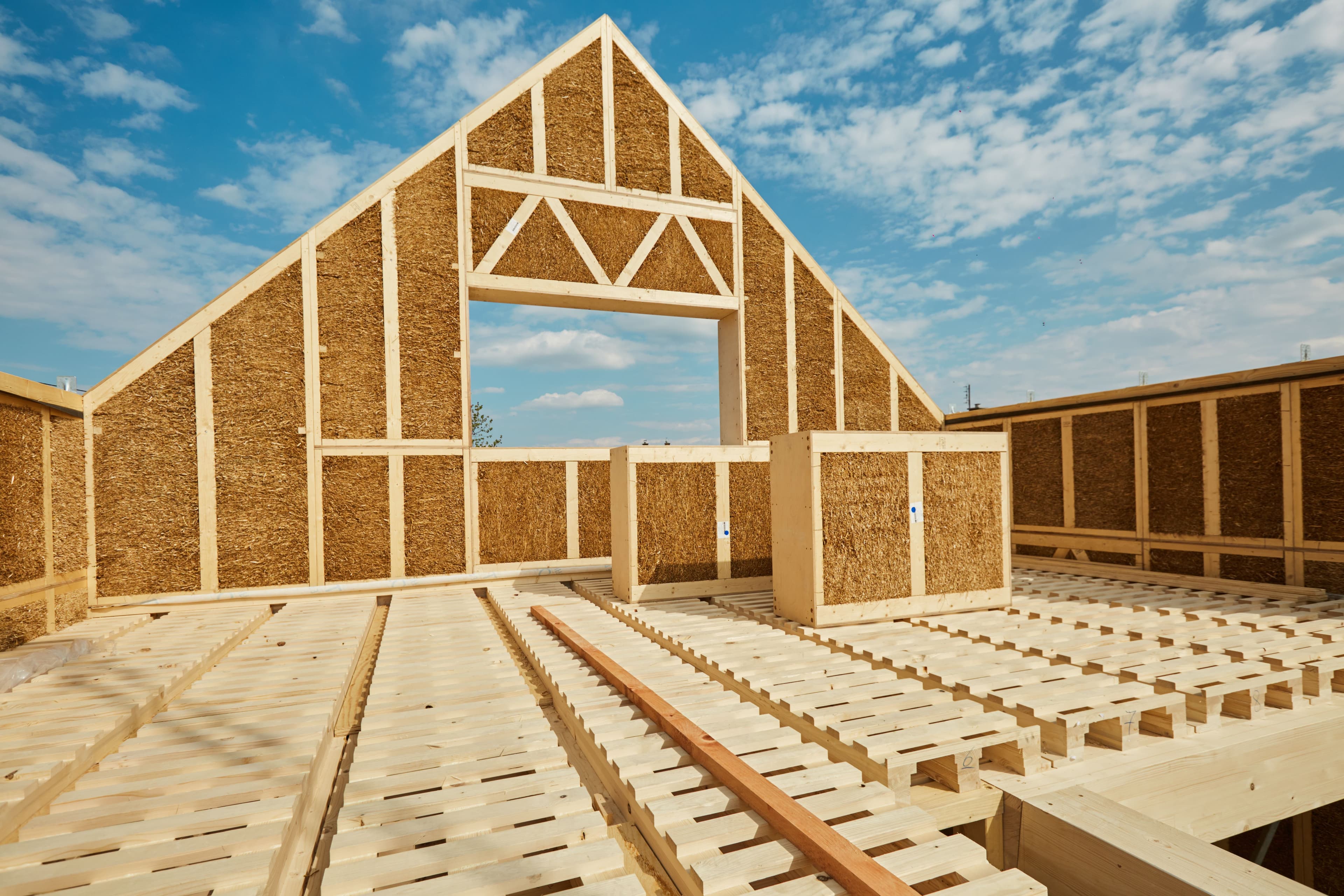1. What specific properties of straw make it suitable for use as a building material, and how does it compare to other bio-based materials like hempcrete or cork?
Straw is highly insulating, abundantly available, carbon-negative, and easy to compact into high-density panels. Unlike hempcrete, which requires lime binders and curing time, or cork, which is more limited in supply and costlier, straw allows for prefabrication and high thermal performance with minimal processing.
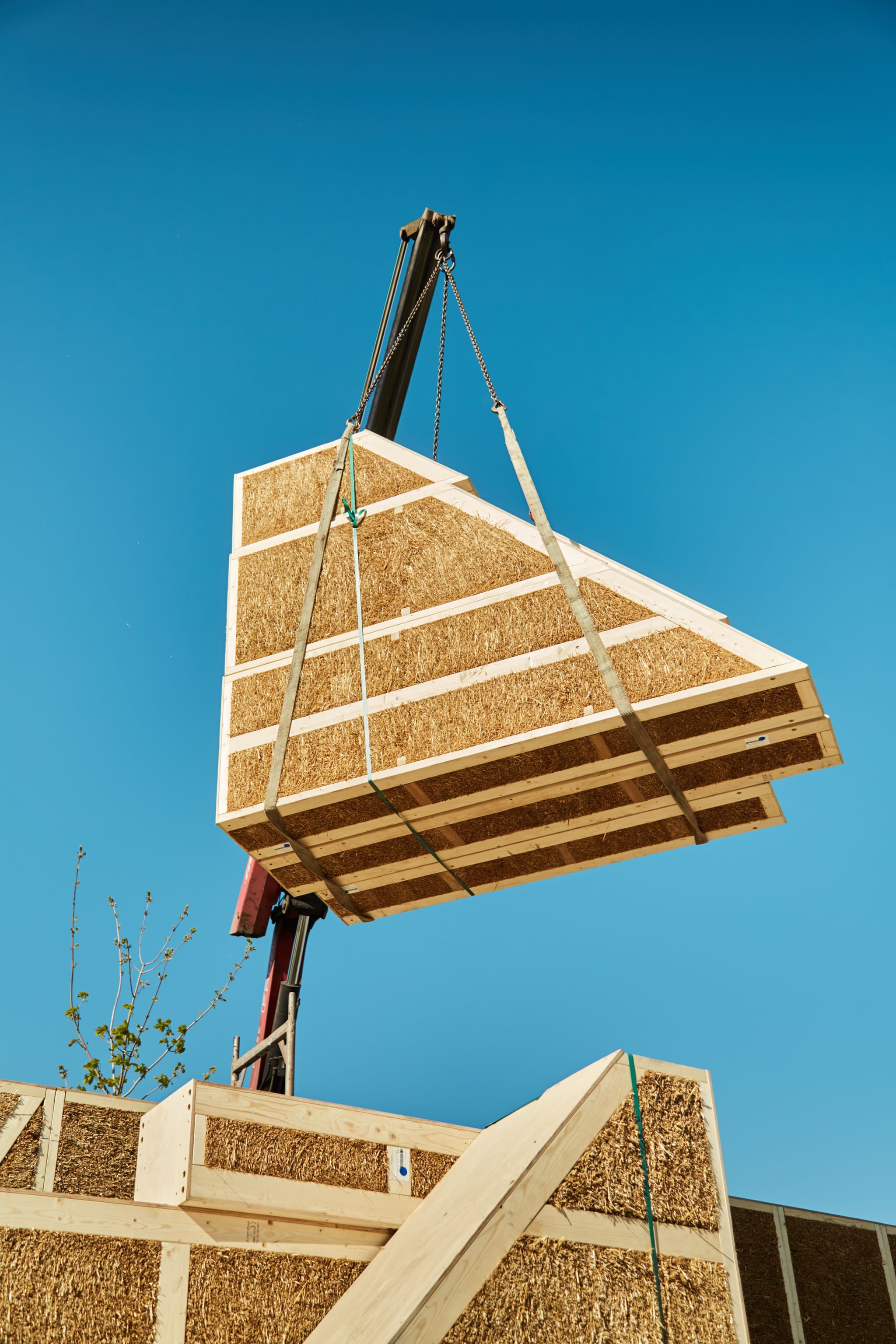
2. What challenges did you face in reducing wood content while maintaining the structural integrity of the panels?
We had to optimize load transfer, maintain stiffness, and use minimal framing. The challenge was integrating a supportive yet lightweight structure that works with compressed straw, which we achieved through precise panel design and extensive testing.
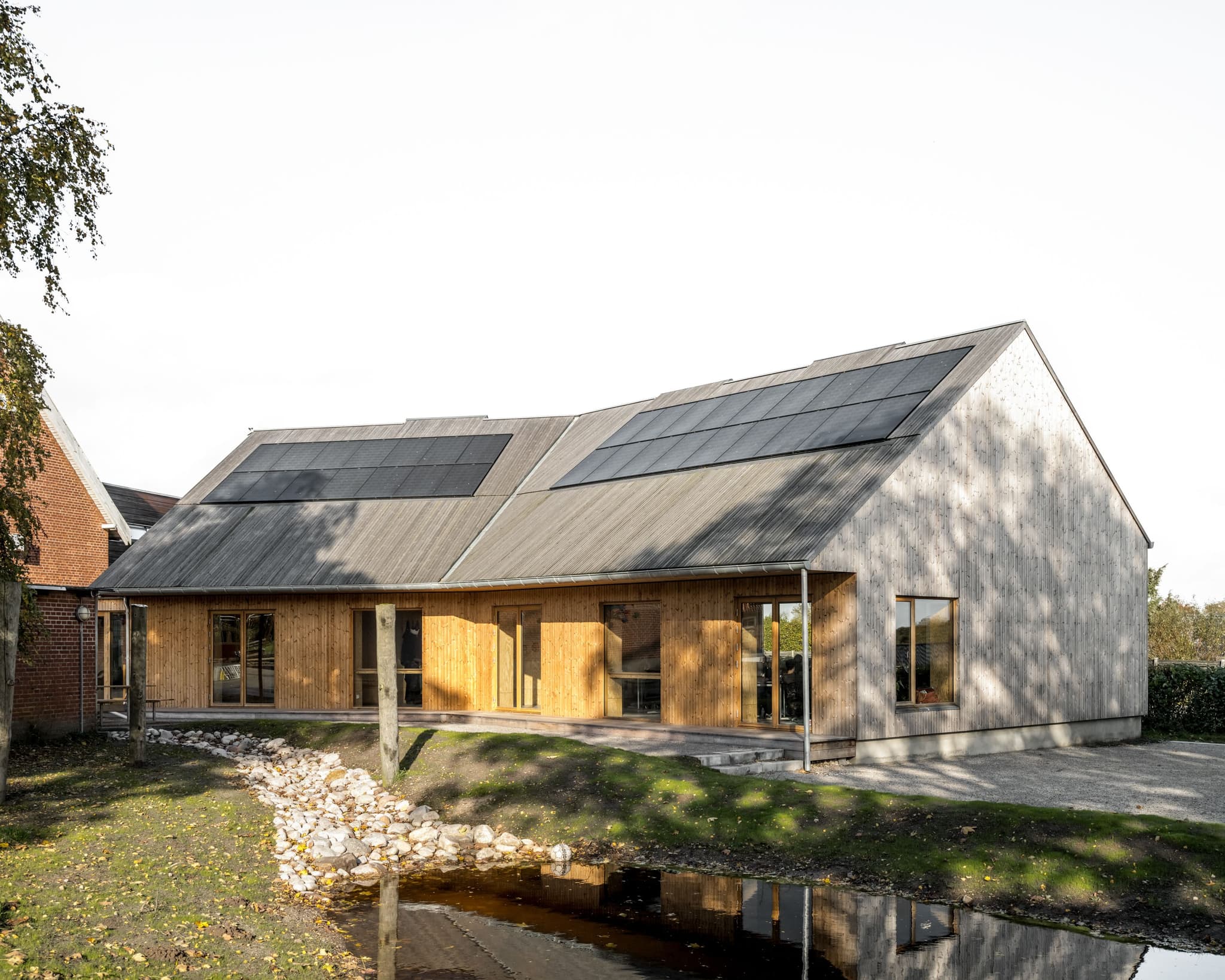
3. How do you manage moisture absorption and ensure the longevity of the panels in climates with high humidity or heavy rainfall?
We rely on diffusion-open construction principles. The panels are protected by breathable but weather-resistant exterior layers, and all materials are selected to buffer moisture without trapping it. Detailed design and assembly are key.
4. How did you approach fire resistance testing for your panels, and what results were achieved in your fire testing protocols?
Our panels were subjected to full-scale fire tests under EN standards. Densely compressed straw resists combustion well: panels achieved REI 45 with no surface cover, and up to REI 120 when combined with additional cladding layers.
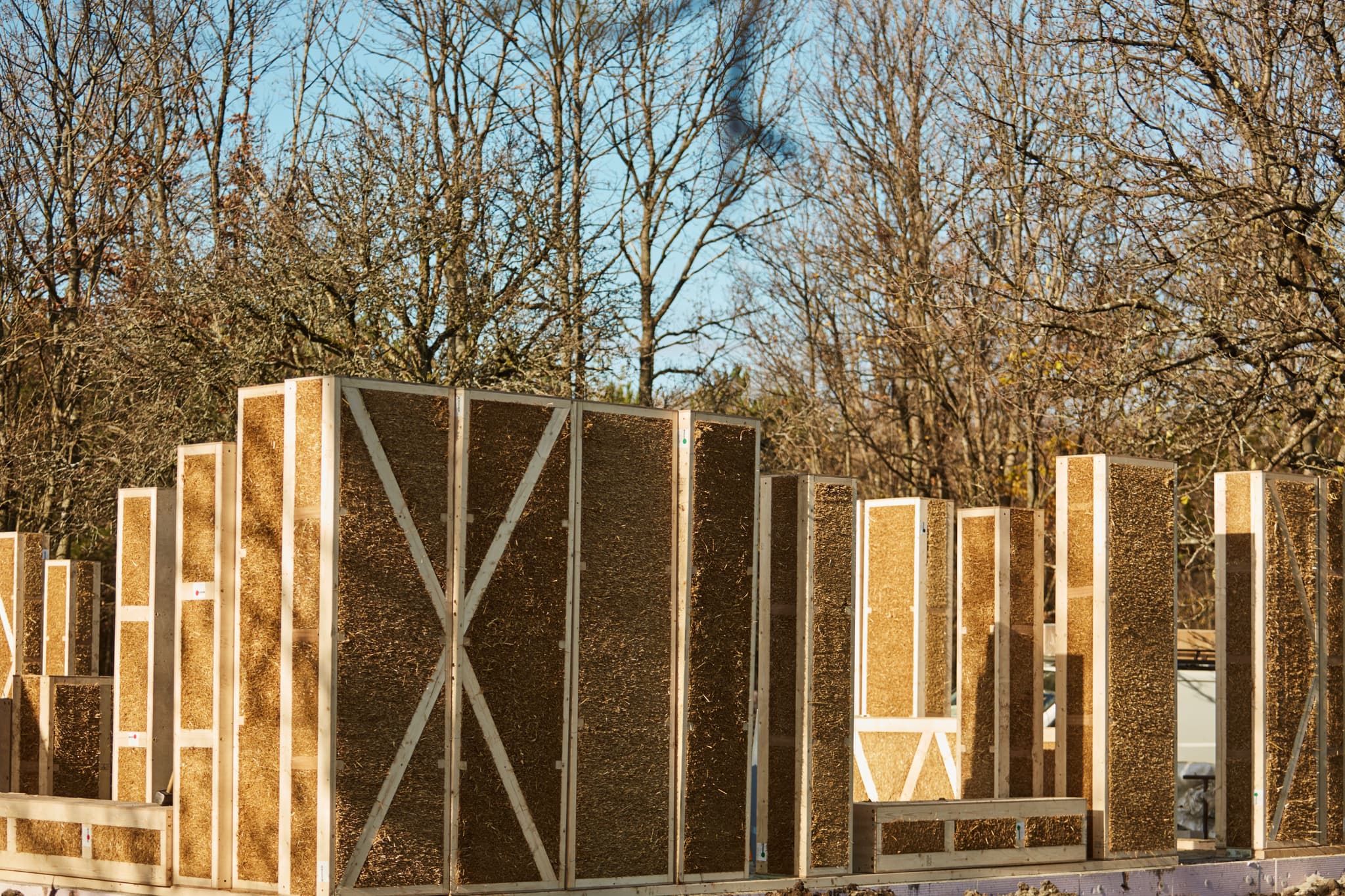
5. What role does EcoCocon’s modular system play in reducing construction time, material waste, or site emissions compared to traditional building methods?
Our prefabricated modular panels are custom-made to design specs, significantly reducing on-site labor. Assembly is fast and clean, lowering construction emissions and disruptions.
6. What are the next steps for EcoCocon?
We are focused on scaling up production locally through a network of micro-factories in European and US markets. This approach reduces transportation, supports regional economies, and aligns with our mission to build sustainably at scale.
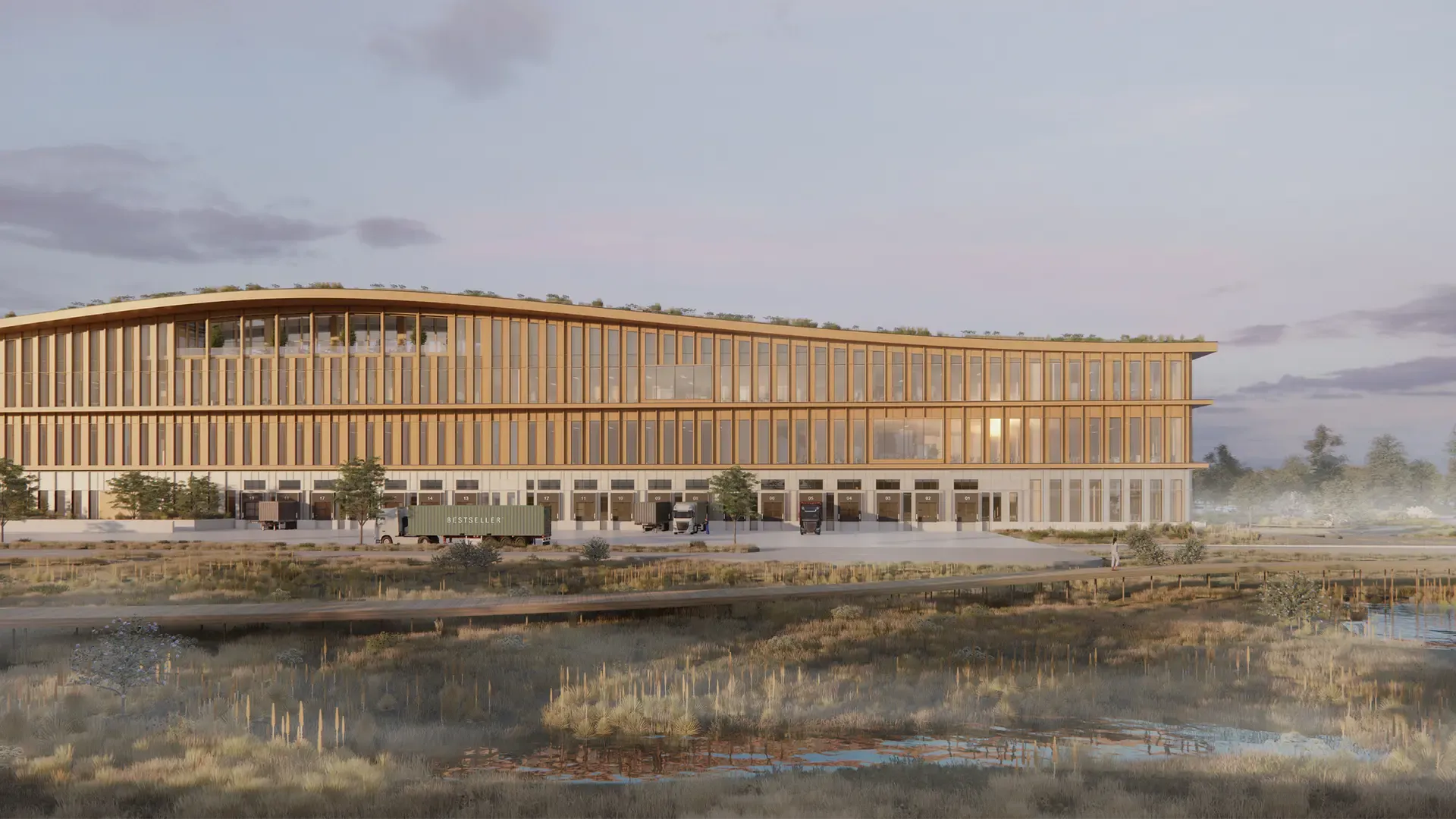
7. What feedback have you received from architects and contractors regarding EcoCocon's use in building projects?
Feedback has been overwhelmingly positive. Users appreciate the precision, ease of installation, and design flexibility. Contractors note reduced timelines and minimal site disruption. Cost-effectiveness improves especially in well-planned projects.
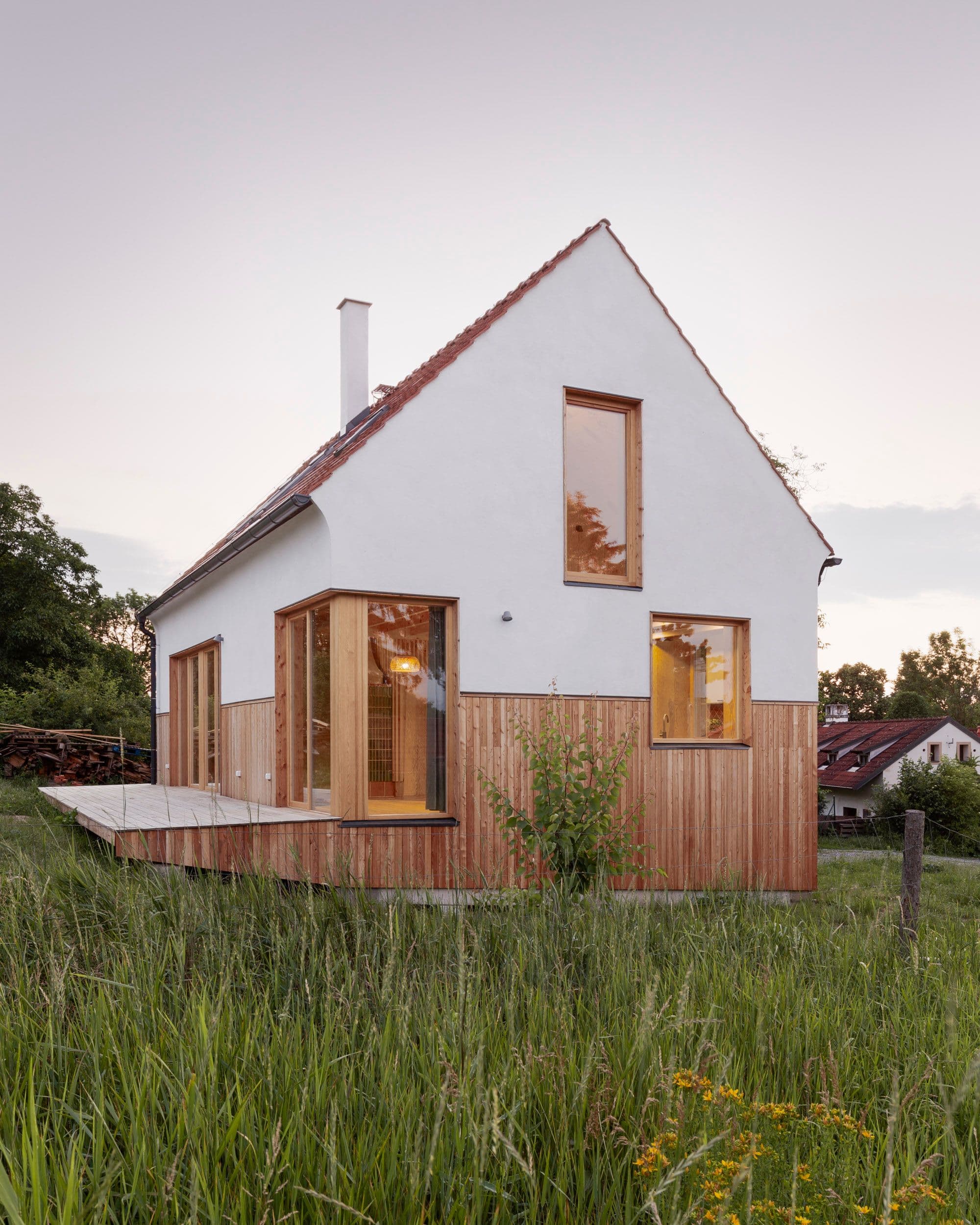
8. Do you see straw-based materials like EcoCocon’s panels becoming standard in mainstream construction? What barriers need to be overcome for widespread adoption?
We do. Straw is underutilized yet highly suitable for modern construction. Barriers include building code limitations, lack of awareness, and conservative industry habits. Demonstrating performance at scale and simplifying certification are key to broader adoption.
